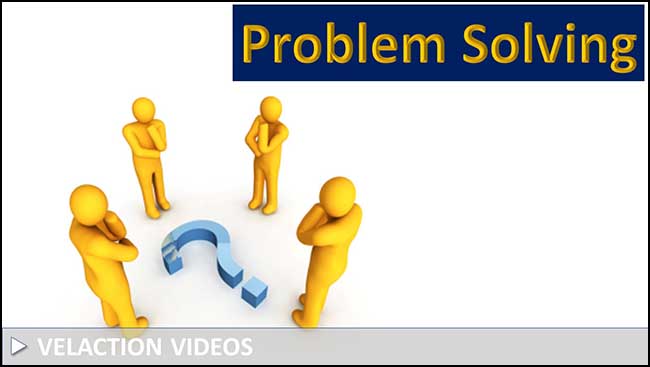Process Observation: Watch Before You Ask
Process observation is a critical task in the battle against waste. One of the mistakes people make when observing a process is to ask questions about it before they go to gemba to watch it. This tends to bias the person doing the process observation.
Generally, people pay more attention to a process when they don’t know what is coming next, or when they don’t know the reasons why a person is doing a particular activity. When an operator explains the reasons for a wasteful process, it is more likely that an observer will not focus on documenting all the problems associated with that step.
Silent process observation also keeps from distracting an operator, and keeps her from changing her routine during the observation process. It is common for operators to adjust what they do when they are asked questions, creating a situation that doesn’t match normal operations.
Once the observer has watched the process, there will be time later to ask follow-up questions.
Here’s something to try. There is story about Taiichi Ohno starting the practice of drawing a chalk circle on the shop floor and requiring the managers working for him to stand in it during a process observation. He felt the chalk circle practice helped a person gain insight into a process in a way that talking about it couldn’t.
Why not give Taiichi Ohno’s method a try? You don’t necessarily have to draw a circle-the point is just to stand in the same spot for an extended period of time and let the operation flow past you. Spend an hour just standing quietly watching a process and see what you can learn. My bet is that it will be an eye opening experience.
If you try this method, I’d love to hear how it worked for you.
(Note: This article is part of our series on lessons I learned from working with Japanese consultants.)




3 Comments
Tim Thornton · April 14, 2012 at 11:50 pm
Good comments on observation and I agree unless the observer has a particular reason for the observation, such as a standard work combination sheet. Then it is very helpful to before hand, to talk to the operators and get down as many of the steps as possible. In my experience, it cuts down on my note taking and frees up my time for observation.
Jeff Hajek · April 15, 2012 at 6:56 am
Tim,
There are probably cases where logic says you can ask first, but with standard work, I like seeing the observer write the steps before any conversation. It removes any bias, plus it also exposes hidden factories more. Workers frequently do steps without even realizing it, so they don’t mention them to the observer. If an observer just watches for what they were told, the hidden factories are often misses.
Thanks for the comment.
Jeff
jayasree · January 10, 2012 at 8:30 pm
very helpful in doing lean projects